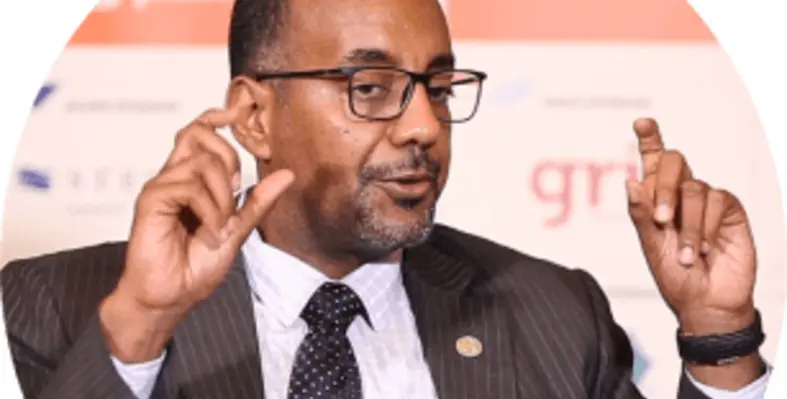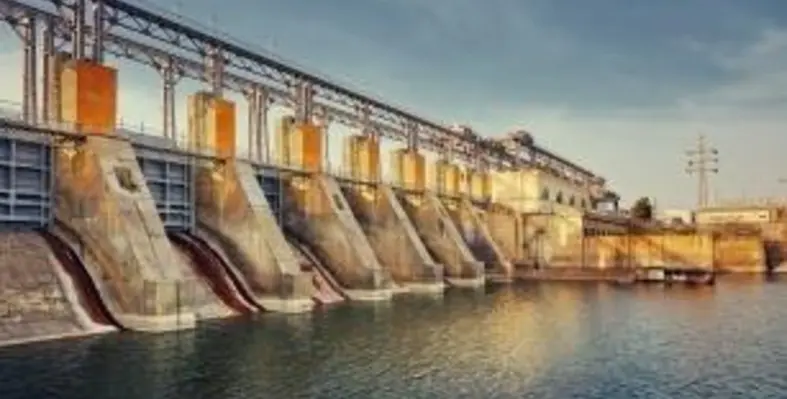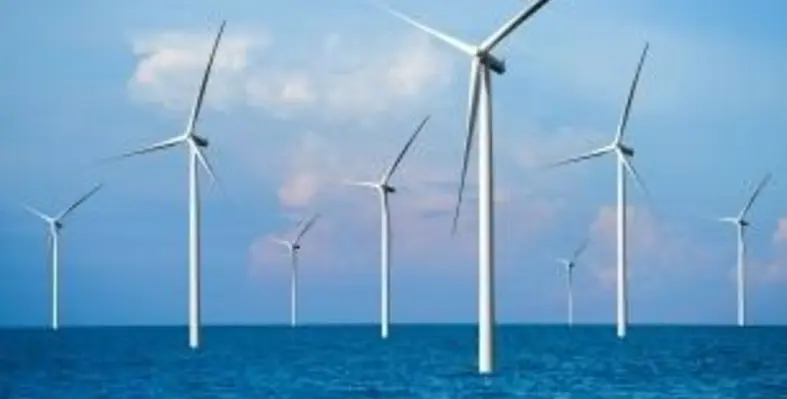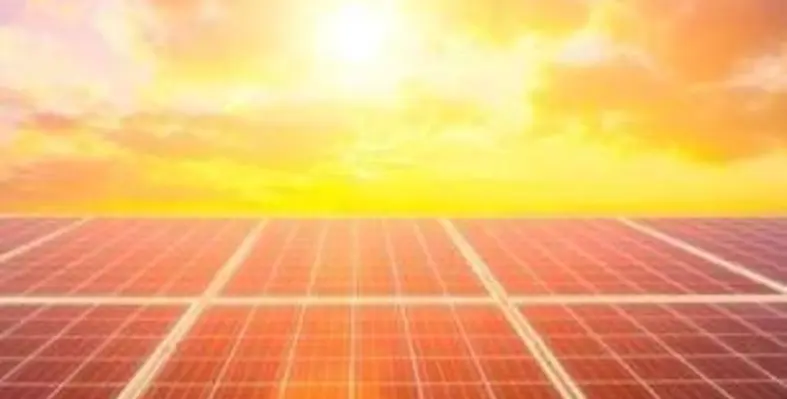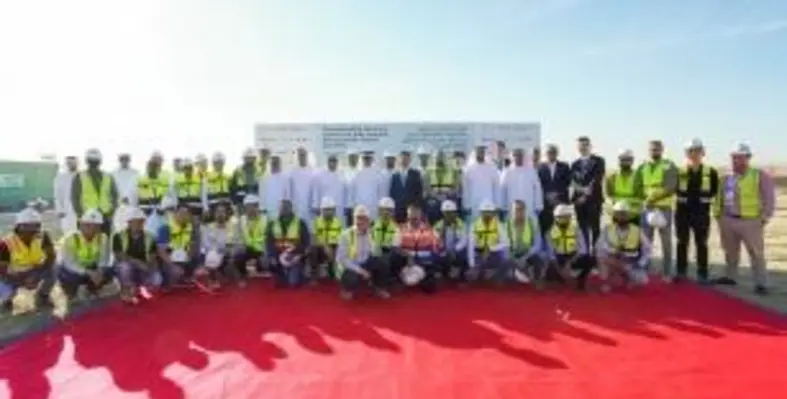
This is the second solar-powered green data centre in Dubai launched by Moro Hub. (Image source: Moro Hub)
Mohammed Al Tayer, managing director and CEO of Dubai Electricity and Water Authority (DEWA), and Steven Yi, president of Huawei Middle East & Africa, have broken ground for the first phase of the largest solar-powered data centre in the Middle East and Africa, set to be Uptime TIER III-Certified
The data centre will be implemented by Moro Hub (Data Hub Integrated Solutions LLC), a subsidiary of Digital DEWA, the digital arm of DEWA at the Mohammed bin Rashid Al Maktoum Solar Park in Dubai. The carbon-neutral green data centre will use 100% renewable energy with a capacity exceeding 100 megawatts (MW).
The ground-breaking ceremony was attended by Marwan Bin Haidar, vice chairman - Digital & Group CEO of Digital DEWA; Waleed Bin Salman, vice chairman - Energy, Digital DEWA; Matar Al Mehairi, board member of Digital DEWA; Mohammad Bin Sulaiman, CEO of Moro Hub; Jerry Liu, CEO of Huawei UAE; and other officials from both sides.
“We work in line with the vision and directives of Mohammed bin Rashid Al Maktoum, vice-president and prime minister of the UAE and ruler of Dubai, to make Dubai a global hub for green economy and sustainable development. Breaking ground for the largest green data centre in the Middle East and Africa confirms that we are on the right track to achieve the goals of the Dubai Clean Energy Strategy 2050 and the Dubai Net Zero Emissions Strategy 2050 to provide 100% of energy from clean energy sources by 2050, as well as the Dubai Demand Side Management Strategy, which aims to reduce electricity and water demand by 30% by 2030. We do this by developing innovative environment-friendly solutions that reduce carbon emissions. The green data centre that Moro Hub implements will enable global hyper-scalers to access carbon-free computing. It will also help organisations in their sustainability initiatives to reduce their carbon footprint,” said Al Tayer.
“Data is quickly becoming the new engine for economic expansion and diversification. As more data centre facilities are established in the future, this project serves as an exemplar of combining digital and power electronic technologies to create greener, low-carbon ICT infrastructure powered through renewable energy. We are committed to contributing towards carbon neutrality worldwide and very proud to be working with Moro Hub, in what is truly a landmark project for the region in this regard,” said Steven Yi.
This is the second solar-powered green data centre in Dubai launched by Moro Hub. It will offer digital products and services using Fourth Industrial Revolution technologies, such as cloud services, the Internet of Things (IoT) and Artificial Intelligence (AI).





